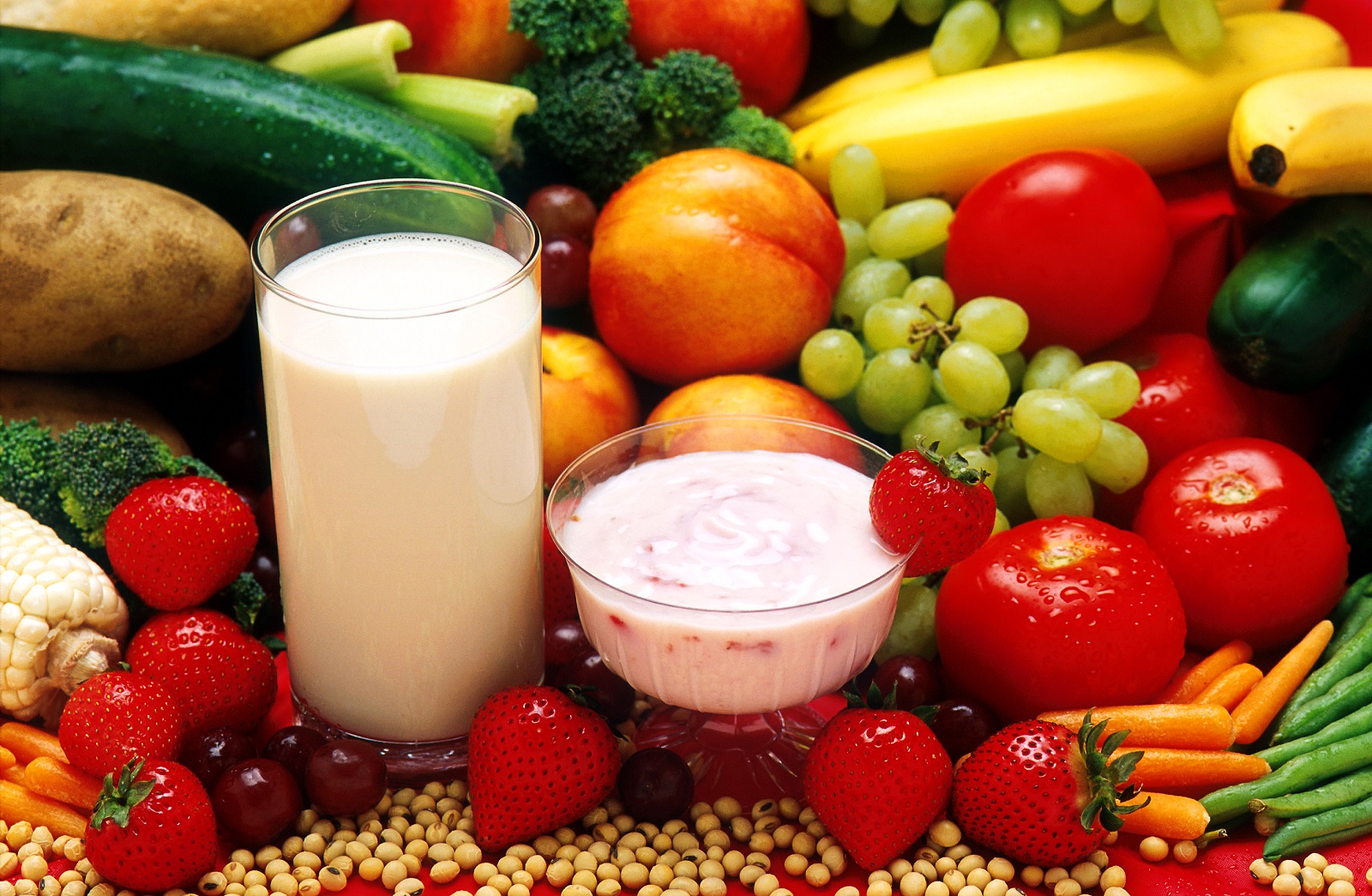


Think about the time when we were collectors, nomads, and hunters. Then we fed wild game and different plants according to the latitudes we inhabited and we rarely have eaten more than one thing on a meal. When there was a good catch, it was enough for satiety, we did not look for other sources of calories, we did not add a garnish, a salad or anything to the game. Feeding has been simple, and so for millions of years.

Conversely, if we have lagged latitudes with a lot of plant food, we did not have to take the game every day. This sets a certain tolerance for digesting different plant and animal products more effectively separately. Just as wild animals rarely eat several types of food at once.
In this article we will look in more detail why blending different types of foods leads to rot and creates a toxic environment in the body, as well as how poor digestion is an inalienable symptom, and eating too many complex foods seems right and normal until they come chronic problems and illnesses.
Separate nutrition and digestion:
Vulnerable bowel syndrome is a common phenomenon where non-milky nutrients and toxic elements from poor digestion and rot of food in the digestive system fall into the bloodstream. In essence, the problem comes from manipulating the acidity (or pH) of the intestinal contents.
Different nutrients require different types of enzymes to be degraded and absorbed. An enzyme may require alkaline and other acidic environments to be active, while the neutral environment would exclude them all. Here is the problem, different types of foods cause different pH.
For decomposition of complex carbohydrates enzymes are needed and a near neutral pH, which takes about 2 hours. Accepted alone, such as rice or potatoes, the decomposition itself begins in the mouth where the saliva releases an enzyme for their degradation, called ptithal.
The decomposition of carbohydrates would proceed smoothly, with no processes of rot, if they eat on their own, but in combination with high protein foods such as red meat, the picture becomes another.
The meat is degraded under a strongly acidic environment and a combination of different enzymes and the process takes longer than 4 hours. In combination with carbohydrates, the whole range of enzymes is not adequately activated either for carbohydrates or for meat, even worse if fat is present.
Hence, poorly digested and degraded food begins to rot intensely into the small intestine. In the intestinal system, as you know, there are countless micro-organisms that start rotting poorly ground nutrients. From here, the intestinal mucosa becomes inflamed, various toxic substances fall into the bloodstream, and can damage a number of bodies at random.
Many studies have shown that this process leads to many autoimmune diseases, such as the allergic reaction of people allergic to gluten protein to which they simply do not have an enzyme to break down.
Which foods do not mix?
It is difficult to respect regimes with the separation of different foods, but here are some guidelines which foods you should not mix:
1. Cereals and complex carbohydrates with meat and other protein foods.
2. Cereals and complex carbohydrates and fats of animal or vegetable nature
3. Dairy products and cereals and complex carbohydrates.
4. Dairy products and meat
5. Dairy products and vegetables.
6. Fruits are best to eat absolutely alone.